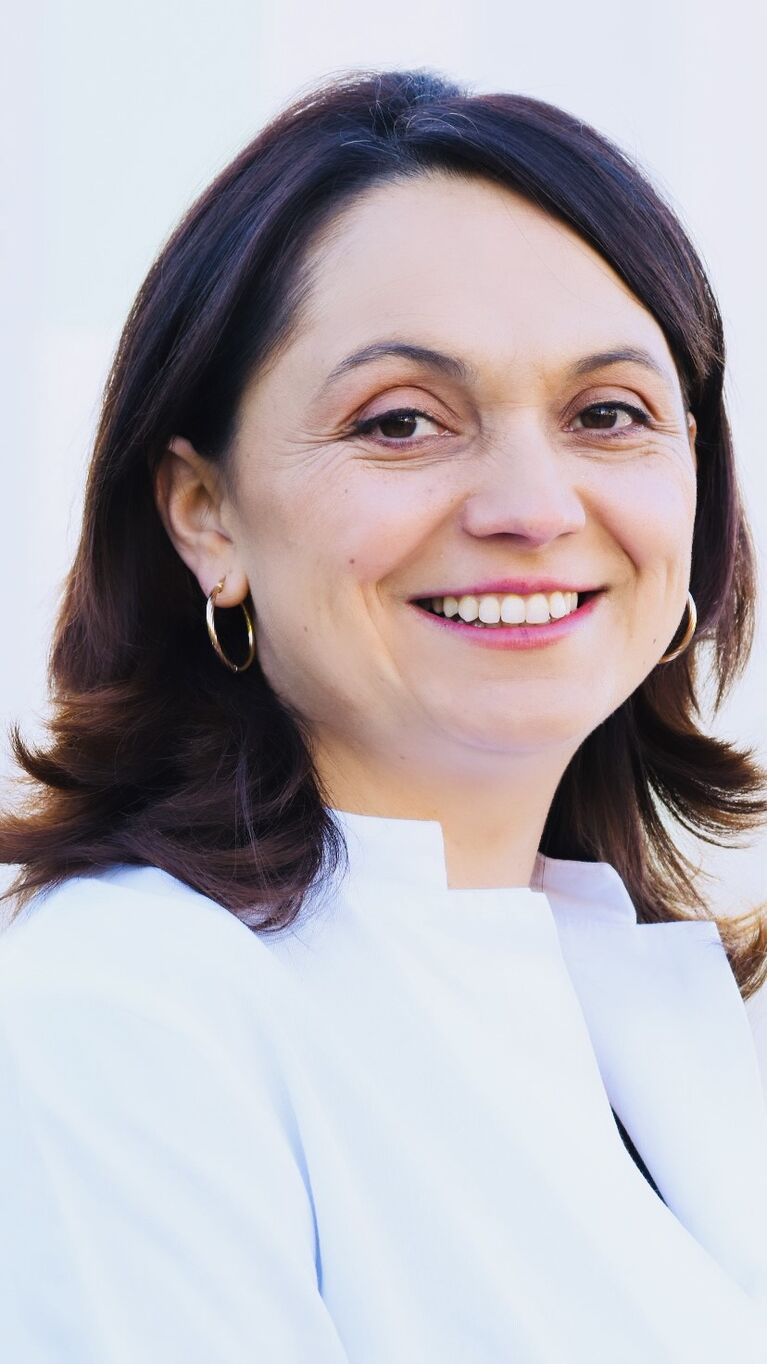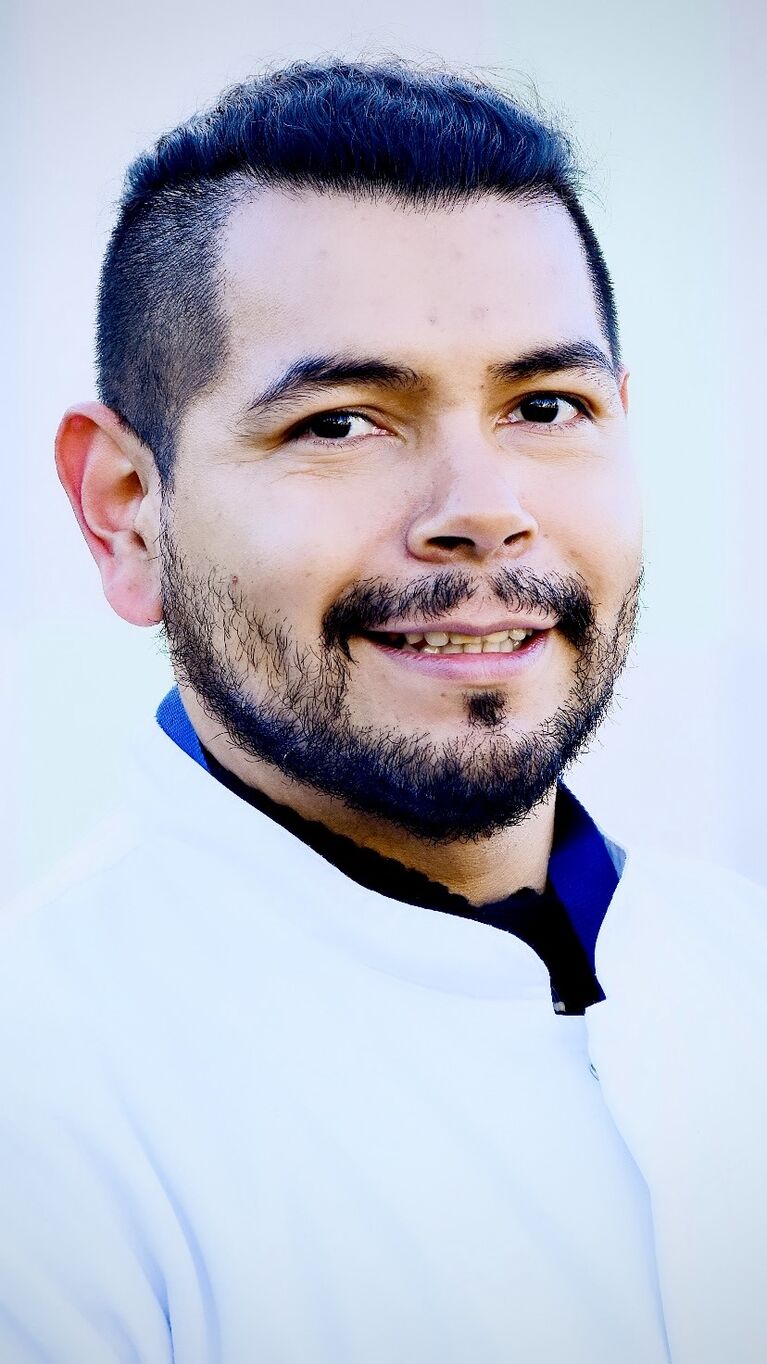
Placenta Lab

Placenta Lab
From an immune point of view, the pregnancy represents a complex process involving intricate interactions between the mother's immune system and the developing fetus. The assumption that entities foreign to a specific organism should be rejected by its immune system is challenged by the fact that despite expressing foreign paternal antigens, the fetus remains in the mother’s uterus instead of being rejected in the way that graft would be. The placenta appears as the interface between the mother and the fetus and is the organ that modulates their communication in a cellular and molecular way. The placenta creates a barrier that regulates the contact between maternal and fetal cells, preventing immune recognition and rejection. To do so, some placenta cells called trophoblasts release modulatory elements including cytokines, chemokines, growth factors, microRNAs, among others. Trophoblast cells can release these molecules into cell-derived particles termed extracellular vesicles (EVs).
In our research group, we investigate how trophoblast cells communicate with other cells employing EVs. We employ various methodologies,such as 2D and 3D cell culture models, tissue explants, and, uniquely in Germany, the placenta perfusion system. In this practical course, you will learn how to cultivate trophoblasts in a 3D model, and how to isolate and characterize EVs for further experiments. You will learn important and novel techniques including ultracentrifugation, Nanotracking analysis, RT-PCR, immunostaining, and confocal microscopy.


